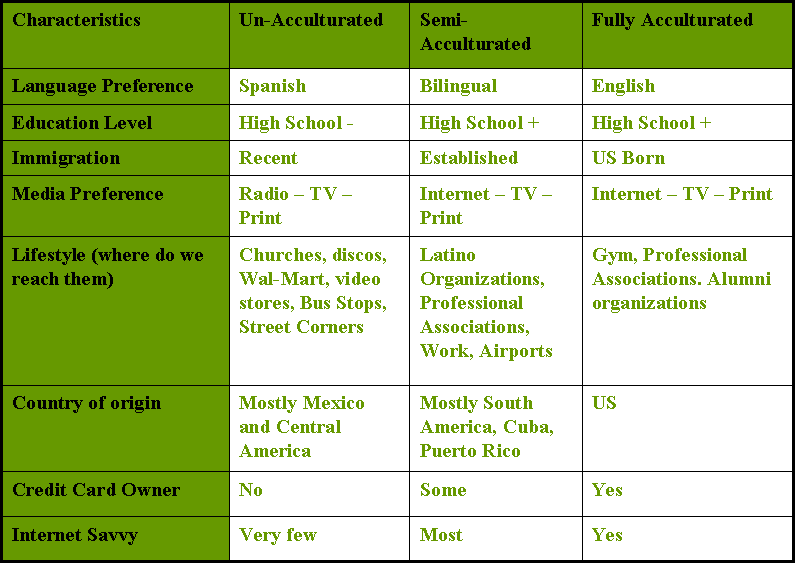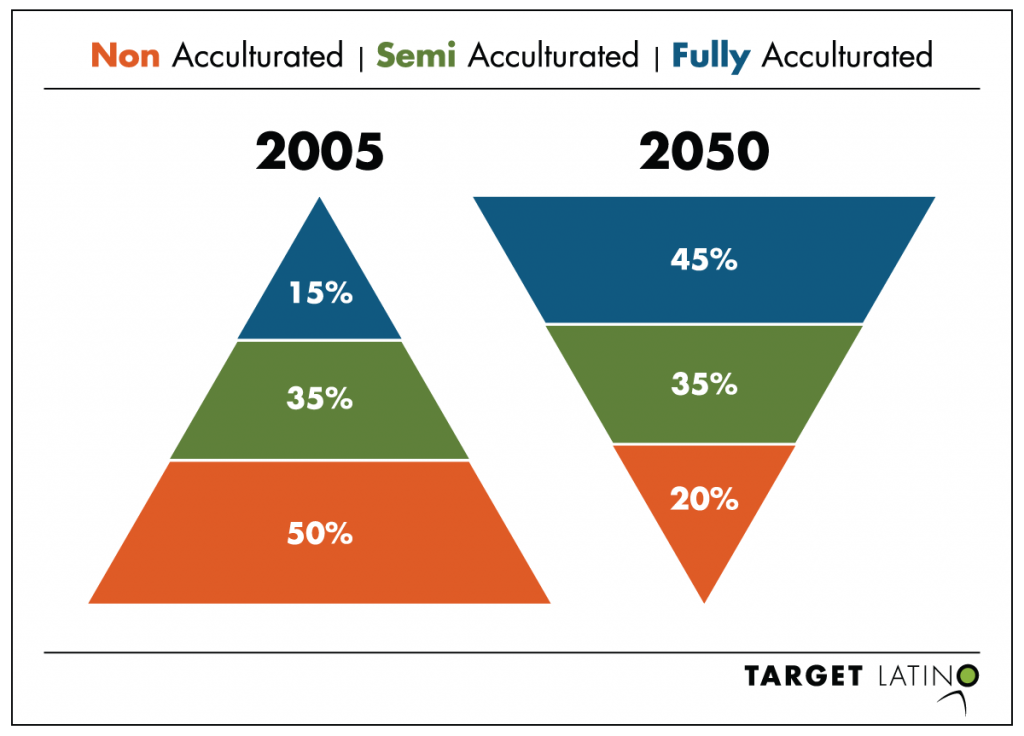Kraft, Tecate Share Hispanic Marketing Knowledge
With all of their diversity, marketing successfully to Hispanics comes down to core best practices that have far more overlap than divergence from best practices in the general market.

Hispanic Marketing Knowledge – key principle #1 is developing a deep understanding of the lifestyles and primary motivators of the Hispanic consumer prospect segments
Case in point: In recent interviews with Carlos Boughton, brand director, Tecate Equity for Heineken USA, and Chris McGrath, senior director, Latina cohorts for Kraft Foods North America, each expressed very similar thoughts regarding key principles for success — although their target audiences are quite different.
Not surprisingly, key principle #1 is developing a deep understanding of the lifestyles and primary motivators of the Hispanic consumer prospect segments or universes for specific product categories /brands. Both Tecate and Kraft of course engage in extensive, in-house consumer research, as well as sharing knowledge with other major marketer companies that participate in the Latinum Hispanic marketing business network.
However, both Boughton and McGrath stress that research is a means to that end of truly understanding the consumer groups in order to establish a clear, relevant, overarching identity that guides all marketing messages.
As a major brand that is not only marketed exclusively to Hispanics, but specifically to male Hispanic immigrants of Mexican origin, Tecate is somewhat unusual. However, Boughton stresses that brands casting a wider net must also gain segment-specific understanding to uncover core, shared values and priorities that enable relevant, overarching ideas and themes.
In Tecate’s case, the overarching target audience values center on masculinity and character (“carácter” in Spanish) — pride in working hard, being stoic and doing what’s necessary to fulfill the responsibilities of providing for the family’s needs and supporting the community. “Our message is ‘men behaving like men,’ and celebrating the character it takes to do the very difficult things they do day in and day out,” sums up Boughton. “Everything we do is aligned with that.”
Like its recent, award-winning “Disclaimer” radio ad (which used a long ‘disclaimer’ to define which types of men should not drink Tecate, including those who have dogs named Puchi, Tinkerbell or Princess), Tecate’s brand-new “Anthem 3” campaign zeroes in on these themes — as do all of the brand’s marketing efforts, including its extensive sponsorships of boxing events and televised matches, points out Boughton.
Kraft’s focus is on understanding its audience of Latina moms, the primary family food-purchasing and menu decision-makers. “Because we understand her needs in depth, and can offer relevant messages and solutions, we have forged strong connections” with these moms, says McGrath, both through cross-brand channels such as Kraft’s Comida y Familia (food and family) magazine/Web site and marketing for specific brands.
Like all moms, Latina moms are focused on food quality and value, and those messages are obviously key in outreach for Kraft brands for which this market is a key to growth, such as Kraft Singles and Kool-Aid.
Intensive consumer research recently led, for example, to an integrated Kraft Singles campaign for the Hispanic market geared not to usage videos/recipes, but to stressing that the brand is made with milk — not oil and water — in line with Latina moms’ emphasis on serving whole foods and made-from-scratch meals to their families. The campaign has been very successful because it strikes a cultural chord, reports McGrath — adding that in this case, the message, which was some years back a core one for general-market efforts, might also prove valuable for “infusing back” into the general market.
Latina moms also have a strong desire to “keep their cultural roots alive for their children,” and take pride in adding culturally specific “touches and twists” to meals — “even something as all-American as mac and cheese,” notes McGrath. Comida y Familia’s recipes and suggestions reflect this, as do brand-specific efforts.
For some brands– like Kool-Aid, focused on the universal fun-appeal/value of the product for families with young children — the approach is in a sense “one marketplace, two languages,” but that’s possible because of attention to “integrity” and nuance in conveying the mutually relevant theme within tailored messaging to the Latina market, stresses McGrath. “We do try to fuse brand identity as much as possible in English and Spanish versions, but we never lose sight of meaning and relevance to the audience,” she says.
Indeed, like Boughton (all of Tecate’s Hispanic marketing efforts are also Spanish-language, with the exception of a few components for Tecate Light), McGrath points to straight translations of general-market messaging as one of the most ineffective approaches when it comes to Hispanic marketing.
Often, Hispanic marketing is viewed as just a “line item” within a brand or company budget, and the misguided approach of “taking the English version and running it through the Google translator” results, says Boughton. But even when investment in Hispanic marketing is limited, marketers can do far better than this by immersing themselves in the cultures and daily lives of a brand’s users/prospects, listening and finding those overarching values and themes, he emphasizes.
Asked where else companies miss the mark when it comes to Hispanic marketing, McGrath cites the primary mistake as “waiting for consumers to assimilate,” rather than actively finding ways to connect meaningfully with them now.
Source: MediaPost News – Kraft, Tecate Share Hispanic Marketing Knowledge


















